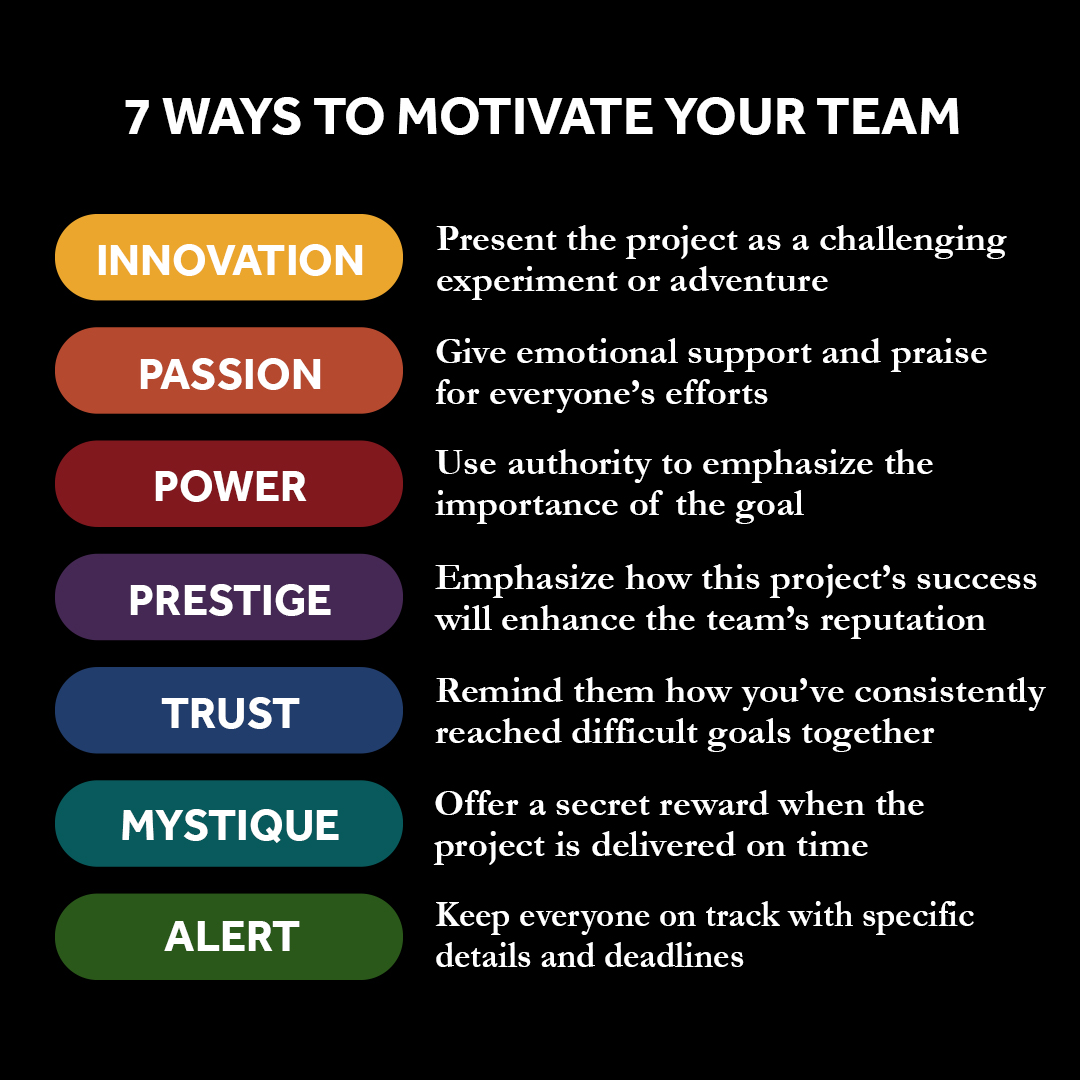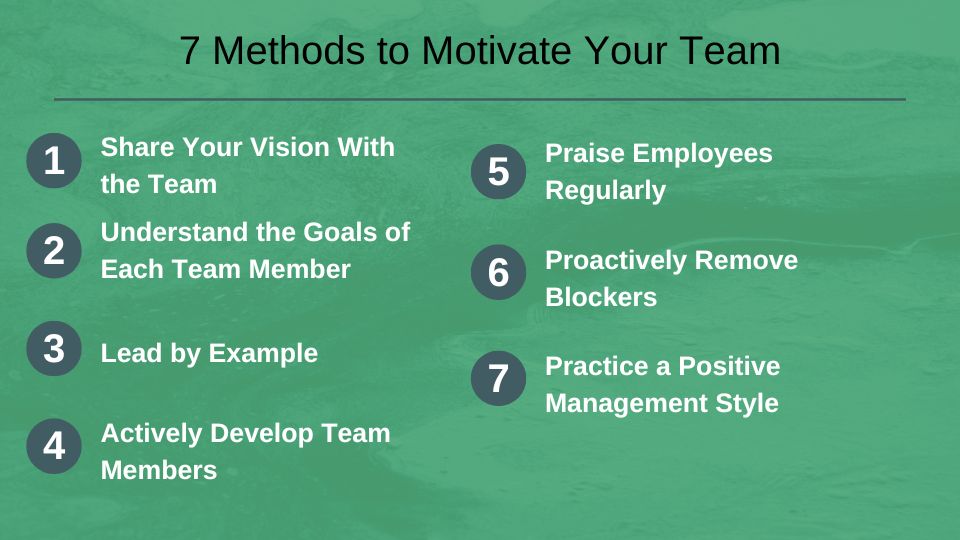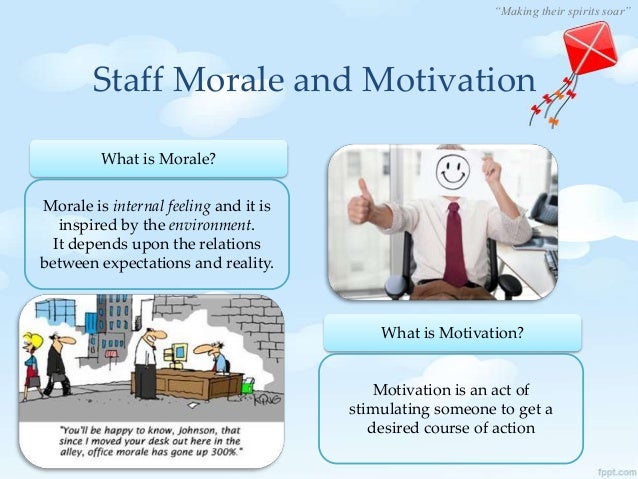How To Motivate A Team With Low Morale

A palpable gloom hangs over many workplaces today. Once-vibrant teams now trudge through their tasks, their energy sapped, their morale sinking like a stone. This decline isn't just a feeling; it's a productivity killer with tangible consequences for businesses of all sizes.
The challenge for leaders is clear: how to reignite that spark, to transform apathy into action and foster a team that's not only productive but also genuinely engaged. This article delves into evidence-based strategies and expert insights on rebuilding morale and fostering a thriving team environment, especially when the initial enthusiasm has waned.
Understanding the Root Causes
Before implementing any solutions, diagnosing the underlying causes of low morale is crucial. Is it burnout from excessive workloads? Are team members feeling undervalued or lacking recognition? Are there unresolved conflicts festering beneath the surface?
"The first step is always listening," asserts Dr. Anya Sharma, an organizational psychologist specializing in team dynamics. "Leaders need to actively seek feedback through anonymous surveys, one-on-one conversations, and team meetings designed to uncover the specific issues impacting morale."
Common Culprits
Several factors frequently contribute to diminished morale. Lack of clear communication and transparency from leadership can breed distrust and anxiety. Unrealistic expectations and constant pressure to perform can lead to burnout and resentment.
Limited opportunities for professional growth and development can stifle ambition and leave employees feeling stagnant. Finally, a toxic work environment marred by bullying, discrimination, or lack of support can rapidly erode morale and create a sense of fear.
Strategies for Rebuilding Morale
Once the root causes are identified, leaders can implement targeted strategies to address them. These strategies should be tailored to the specific needs and challenges of the team, and they should be consistently applied and monitored for effectiveness.
Communication and Transparency
Open and honest communication is paramount. Leaders should proactively share information about company performance, strategic goals, and any challenges the organization faces. Regular team meetings, both formal and informal, provide opportunities for team members to voice their concerns, share ideas, and receive updates.
"Transparency builds trust," explains John Miller, a leadership consultant at Gallup. "When employees feel informed and included, they are more likely to feel valued and connected to the organization's mission."
Recognition and Appreciation
Everyone wants to feel appreciated for their contributions. Recognizing and rewarding individual and team accomplishments, both big and small, can significantly boost morale. This can take many forms, from verbal praise and public acknowledgments to tangible rewards like bonuses or extra time off.
According to a study by SHRM (Society for Human Resource Management), employees who feel appreciated are more likely to be engaged, productive, and loyal to their employers.
Empowerment and Autonomy
Giving team members more control over their work and decision-making processes can significantly increase their sense of ownership and responsibility. This can involve delegating tasks, soliciting input on project plans, and empowering employees to make decisions within their areas of expertise.
"Autonomy is a key driver of intrinsic motivation," says Dr. Sharma. "When employees feel like they have a say in how they do their work, they are more likely to be engaged and invested in the outcome."
Investing in Growth and Development
Providing opportunities for professional growth and development demonstrates a commitment to employees' long-term success. This can include offering training programs, mentorship opportunities, and tuition reimbursement for continuing education.
By investing in their employees' skills and knowledge, companies not only boost morale but also improve their overall performance and competitiveness. According to LinkedIn's 2023 Workplace Learning Report, companies with strong learning cultures are more likely to retain top talent and achieve business goals.
Addressing Conflict and Fostering a Positive Environment
Addressing conflict promptly and effectively is crucial for maintaining a positive work environment. Leaders should create a safe space for team members to express their concerns and work together to find solutions. Establishing clear guidelines for respectful communication and behavior is also essential.
Furthermore, fostering a culture of collaboration, support, and inclusivity can help build stronger relationships and create a more enjoyable work environment. Team-building activities, social events, and opportunities for informal interaction can all contribute to a more cohesive and supportive team.
Looking Ahead
Rebuilding morale is not a one-time fix but an ongoing process that requires sustained effort and commitment. Leaders must continuously monitor morale, solicit feedback, and adapt their strategies as needed. Investing in employee well-being, promoting a positive work environment, and fostering a culture of communication and appreciation are essential for creating a thriving team that is both productive and engaged. By prioritizing the human element, organizations can not only boost morale but also unlock the full potential of their workforce and achieve long-term success.


















